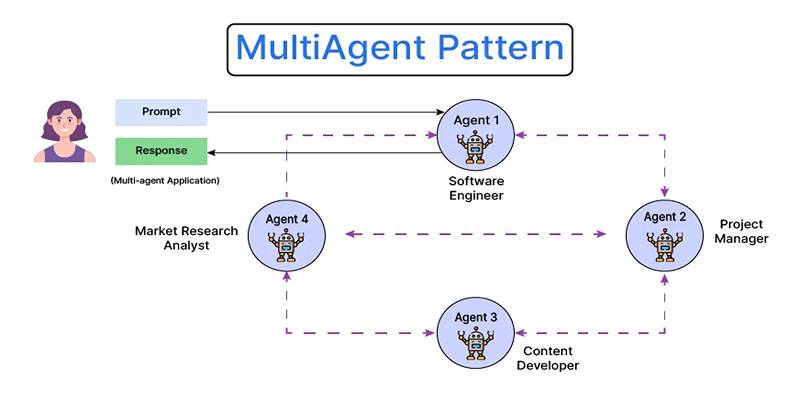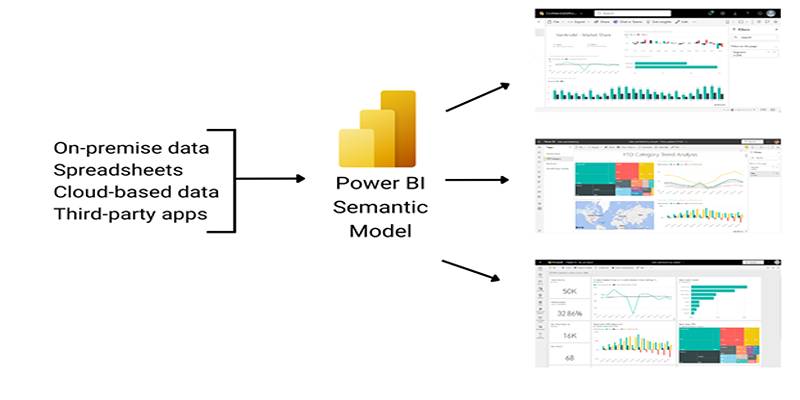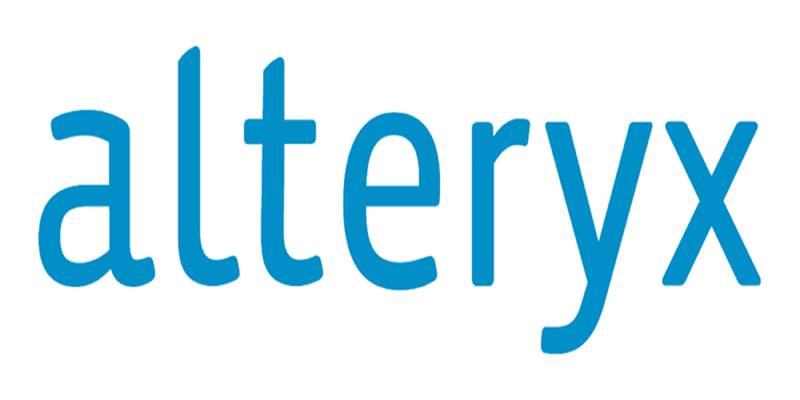AI has improved efficiency and automated activities and enabled data-driven decision-making in numerous sectors. Many firms use AI piecemeal, making them less efficient and well-planned. Different fields employ customized AI tools to start initiatives. These activities strengthen small areas but seldom develop, fit in, or support organizational objectives. This wastes time, produces unreliable AI outputs and reduces efficiency.
AI coordination has emerged to address these concerns. AI coordination links models, tools, and processes. Businesses may improve efficiency, consistency, and growth by centralizing AI functions. By integrating AI initiatives, companies may maximize AI investments, boost cooperation, and inspire creativity. AI coordination helps firms design, employ, and upgrade AI models for long-term advantages and business adaptability.

Eliminating AI silos to improve efficiency
Many firms start AI initiatives in different divisions, with teams executing their solutions without collaboration. Supply chain management utilizes prediction algorithms for shipping, employment analytics use machine learning, and marketing uses AI for customer targeting. Without involvement, these systems cause unnecessary processes, incorrect data readings, and waste that affects performance. AI models trained on tiny datasets lack cross-departmental insights, resulting in poor outcomes and contradicting business beliefs.
AI management unites all AI systems under a framework to avoid these issues. Companies may streamline operations by integrating data flows, standardizing AI models, and ensuring departmental collaboration. This comprehensive approach reduces waste, optimizes resources, and promotes AI-powered cooperation.
Sharing data improves AI models and helps us comprehend human behaviour, corporate transformation, and thoughtful decision-making. Unified AI might reduce inefficiency, cost, and missing data-driven analytical insights. This would ensure that AI adoption grows the whole firm, not just a few areas.
AI Governance in Unified Strategy
AI adoption complicates organizational models and data management. AI systems without monitoring might cause ethical and performance issues. Many companies struggle to ensure that AI models are accurate, fair, and legal. Governance weaknesses may damage confidence and transparency when departments deploy AI independently. AI deployment requires good governance to avoid bias, security, and legal challenges.
AI automation allows firms to centralize control to ensure AI is adequately utilized, rules are obeyed, and quality is reviewed. Businesses can trust AI more by creating rules, monitoring data sources, and identifying bias. This rigorous methodology creates practical, unambiguous, responsible, and business-aligned AI models. Governance ensures AI models can adapt to changing laws and values. Strong AI governance helps firms create consumer trust, boost brand image, and protect AI systems from data breaches and algorithm manipulation. This assures long-term AI-driven judgments.
Growable AI Infrastructure Power
Growing infrastructure is a concern for AI. Businesses generally don't consider how AI technology would perform across activities or vast volumes of data when buying them. If they can't be scaled up, AI systems that operate well in controlled conditions may struggle in the real world, causing mistakes and performance issues. AI models require constant updating, retraining, and optimization to be relevant. They need a fluid system that can manage massive volumes of data and real-time computations.
AI management uses cloud platforms, automated model release, and flexible computing power to construct scalable infrastructure. Businesses may add AI jobs as needed using AI-as-a-service models. As data arrives, a well-planned AI strategy retrains and improves models.
Scalable AI allows organizations to make real-time choices, automate jobs intelligently, and personalize consumer experiences. Scaling AI helps businesses secure their investments. Thus, the AI will perform effectively regardless of company growth or market fluctuations. Flexible AI infrastructure lets companies test deep learning, reinforcement learning, and autonomous AI bots. This keeps them ahead.
Data integration and AI procedures in one spot
Many firms struggle to link their systems to data-driven AI. Teams using diverse data sources make AI model-harming blunders. Customer service may not provide the sales team with all the customer contact data their AI-driven projection tools require. Due to inaccurate or destroyed estimations from limited datasets, data silos hinder AI model capability. AI ideas and autonomous decision-making are less dependable.
AI coordination provides a dependable, standardized data system for all departments. Connecting real-time data streams helps AI models estimate better, make choices automatically, and improve business intelligence. This holistic approach eliminates data obstacles, reduces redundant effort, and optimizes AI-driven insights, improving strategy planning and customer experience. Companies may improve AI-powered innovations by using data lakes and real-time analytics. AI systems that employ centralized data storage speed up decision-making improve forecasts, and automate departments, giving firms a competitive advantage.

Business Impact of AI Orchestration
AI coordination boosts company revenue and customer pleasure. AI-powered automation streamlines and reduces human labour, improving efficiency. Predictive analytics lets companies foresee market behaviour and adjust. Personalized AI concepts boost sales, brand loyalty, and engagement. A single AI approach helps firms minimize expenses, increase revenue, and stand out.
AI automation helps firms adapt to future issues and technologies beyond its immediate advantages to operations. A single AI strategy helps companies deploy creative AI, automated decision-making, and AI-powered defence. AI coordination helps departments exchange ideas, solve issues better, and concentrate on customers. Businesses gain long-term success, fresh ideas, and a competitive edge by merging AI operations. Data-driven business models, tailored user experiences, and AI-driven automation may help companies expand and profit.
Conclusion:
Companies must adopt AI rapidly and aggressively since it changes so frequently. To compete, businesses must update, improve, and incorporate AI models. Businesses that don't collaborate and extend their AI initiatives risk falling behind rivals that employ AI coordination to flourish. Firms must invest in research, technology, and labour to keep ahead of AI.
Future-proof AI plans need AI talent, a flexible system, and a data-driven attitude. Companies prioritizing AI coordination may better adapt to market, technological, and consumer changes. AI-driven enterprises may generate fresh ideas with intelligent judgments, hyper-personalization, and efficient operations. An innovative coordination plan will boost growth, efficiency, and market leadership as AI alters the company.











